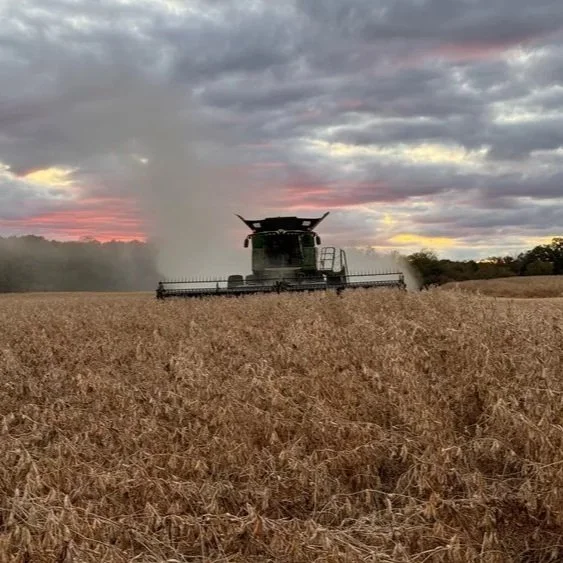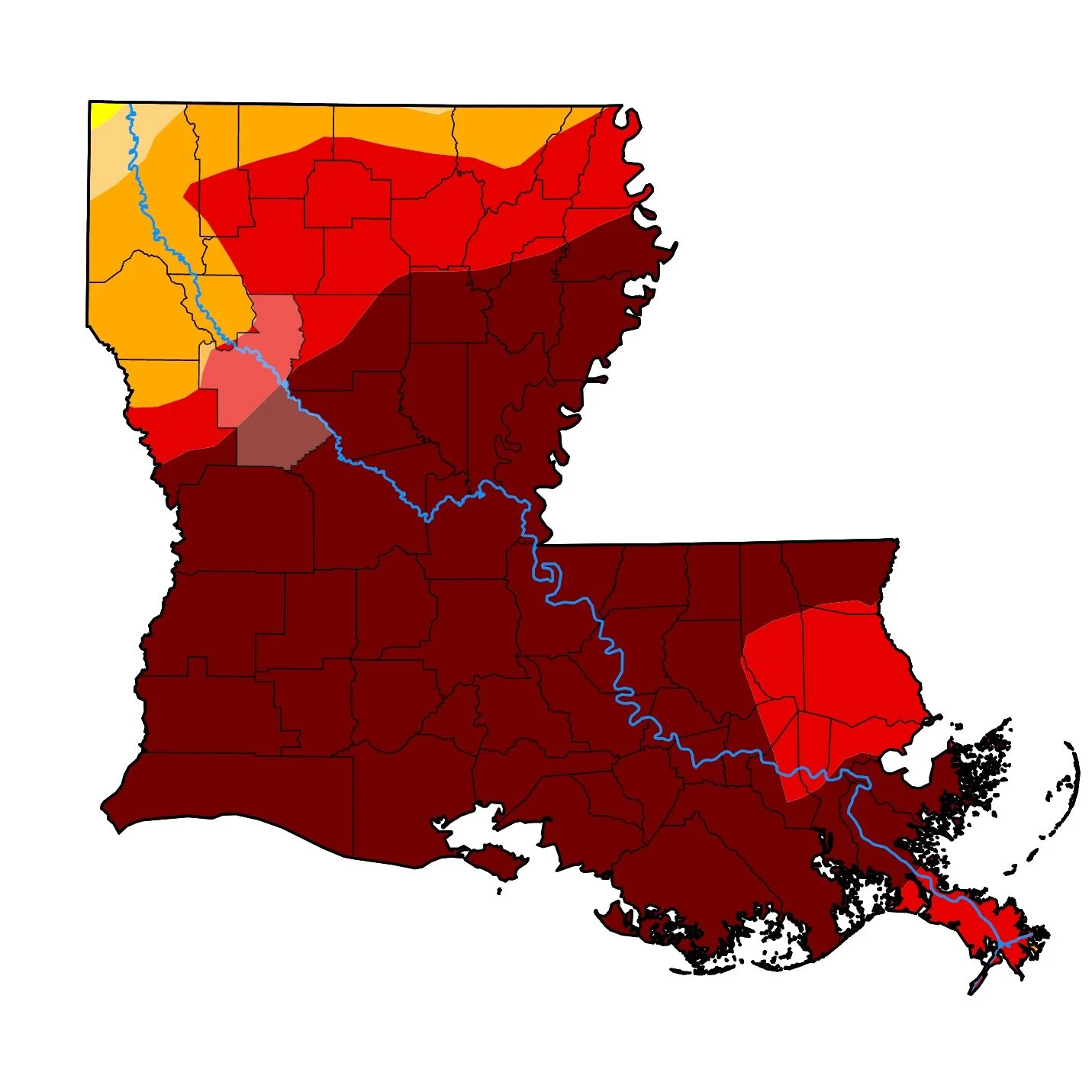The U.S. Department of Agriculture (USDA) has launched an online application for Direct Loan customers. More than 26,000 customers who submit a Direct Loan application each year can now use an online, interactive, guided application that is paperless and provides helpful features including an electronic signature option, the ability to attach supporting documents such as tax returns, complete a balance sheet and build a farm operating plan. This tool is part of a broader effort by USDA’s Farm Service Agency (FSA) to streamline its processes, improve customer service, and expand credit access.
Read MoreThe U.S. Department of Agriculture’s National Agricultural Statistics Service (NASS) announced that starting Dec. 18 they will mail the 2023 Census of Aquaculture to all producers who indicated in their 2022 Census of Agriculture that they produce and sell aquaculture products. The deadline to respond is Jan. 15, 2024.
An ag census special study, the Census of Aquaculture will provide comprehensive aquaculture data at the state and national levels, including production volume and methods, surface water acres and sources, and sales. Federal, state, and local governments, agribusinesses, trade associations, and producers use these data.
Read MoreThe U.S. Department of Agriculture (USDA) is further expanding the opportunities for producers to consider Enterprise Units as risk management options. The USDA’s Risk Management Agency (RMA) is expanding Enterprise Unit availability to additional specialty crops and other actual production history (APH) crop programs. Together with the six crop types announced July 6, 2023, for Enterprise Unit protection, these crops could benefit from the availability of Enterprise Units where they were previously unavailable.
Read MoreThe U.S. Department of Agriculture (USDA) announced loan interest rates for December 2023, which are effective Dec. 1, 2023. USDA’s Farm Service Agency (FSA) loans provide important access to capital to help agricultural producers start or expand their farming operation, purchase equipment and storage structures or meet cash flow needs.
Read MoreThe U.S. Department of Agriculture (USDA) has waived certain notice of loss requirements for 2023 for the Emergency Assistance for Livestock, Honeybees, and Farm-raised Fish (ELAP) and Livestock Indemnity Program (LIP). In an effort to streamline assistance to support access to critical 2023 natural disaster recovery assistance, USDA’s Farm Service Agency (FSA) is waiving the requirement to submit ELAP or LIP notices of loss within a pre-determined number of days for 2023.
Read Morehe United States Department of Agriculture’s Risk Management Agency (USDA RMA) released several important updates to sorghum crop insurance that will continue to expand sorghum production and empower farmers across the nation. Effective in 2024, the price election factor for sorghum will be at its highest level ever relative to corn; simplifications made to the sorghum silage policy will offer more support to sorghum farmers; and a key barrier to insuring irrigated double crop sorghum was removed in certain areas.
Read MoreThe U.S. Department of Agriculture released its latest version of the Hardiness Zone Map, and Louisiana’s zone has gotten warmer.
The USDA Hardiness Zone Map classifies geographic regions by their average minimum winter temperatures. The map helps gardeners and landscaping experts choose plants that are suited to specific climates and take care of them on the correct schedule.
Read MoreU.S. farm establishments received 14.9 cents per dollar spent on domestically produced food in 2022 as compensation for farm commodity production. This portion, called the farm share, is a decrease of 0.3 cents from a revised 15.2 cents in 2021. The farm share covers operating expenses as well as input costs from nonfarm establishments.
Read MoreIn a surprise move for so late in the season, USDA raised its corn yield forecast by nearly 2 bu. per acre in the November Crop Production Report. With a larger crop currently being harvested across the U.S., it means estimated corn ending stocks is getting even bigger, but analysts say the increase wasn’t as big as it could have been since USDA also boosted demand.
Read MoreLouisiana corn for grain production is forecast at 119 million bushels, unchanged from the October 1 forecast but up 61 percent from 2022. Based on conditions as of November 1, yield is expected to average 175 bushels per acre, unchanged from last month but up 5 bushels from last year. Producers expect to harvest 680,000 acres of corn for grain, up 245,000 acres from 2022.
Read MoreAs part of ongoing outreach efforts to help farmers, ranchers, and forest landowners who experienced discrimination in U.S. Department of Agriculture (USDA) farm lending programs apply for financial assistance that may be available to them, Analytic Acquisitions LLC will host a series of community events in Louisiana in November. Analytic Acquisitions is an official administrator for the USDA’s Discrimination Financial Assistance Program (DFAP), which makes available $2.2 billion to producers who experienced farm-lending discrimination prior to January 1, 2021.
Read MoreThe USDA has announced the first in a series of rules under the Packers and Stockyards Act to increase competition in agriculture and better support American farmers and ranchers.
Secretary Tom Vilsack says the department’s Transparency in Poultry Grower Contracting and Tournaments final rule will require a Live Poultry Dealer Disclosure Document for growers.
Read MoreLouisiana was the first state to wrap up soybean harvest for the week ending Oct. 29, and remains the only state to have finished harvesting soybeans for the week ending Nov. 5, USDA reports.
Mike Strain, commissioner of the Louisiana Department of Agriculture and Forestry, says that heat and drought resulted in some poor yields for the state’s first batch of soybeans, averaging 10 to 12 bushels per acre (bpa).
Read MoreThe U.S. Department of Agriculture (USDA) will begin mailing ballots this week for the Farm Service Agency (FSA) county and urban county committee elections to all eligible agricultural producers and private landowners across the country. Elections are occurring in certain Local Administrative Areas for these committee members who make important decisions about how Federal farm programs are administered locally. Producers and landowners must return ballots to their local FSA county office or have their ballots postmarked by Dec. 4, 2023, for those ballots to be counted.
Read MoreSeveral parishes in northeast Louisiana have been marked eligible to apply for emergency loan funding by the U.S. Department of Agriculture (USDA) Farm Service Agency (FSA).
Emergency loans can be used by producers recovering from natural disasters to meet various recovery needs including the placement of essential items such as equipment or livestock, reorganization of a farming operation or to refinance certain debts.
Read More












